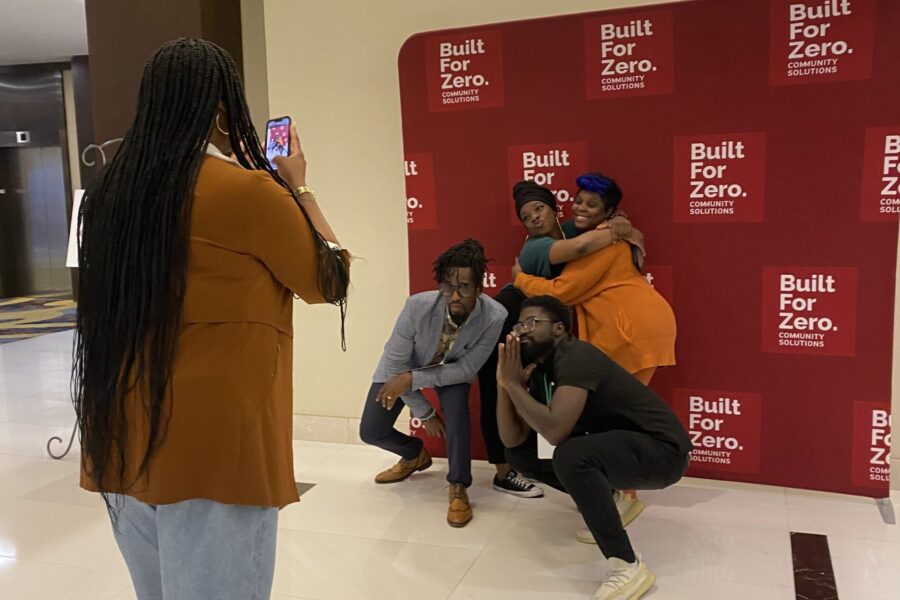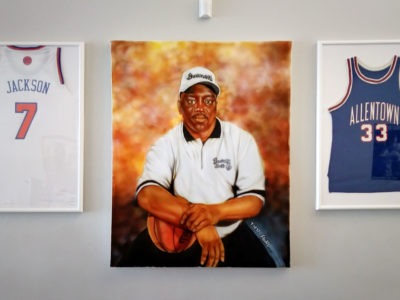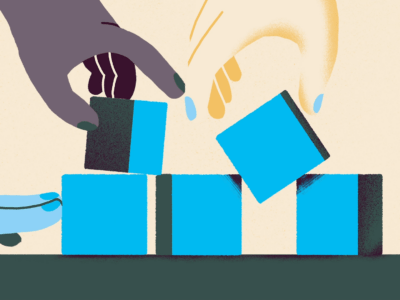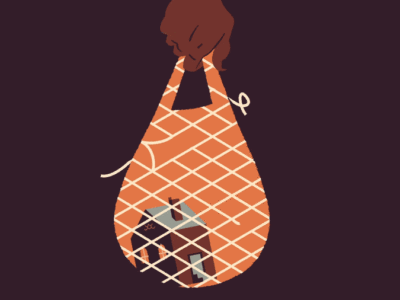“To move forward, you have to engage with others in real, meaningful partnerships.”
Dena Wittmann, Executive Director of Open Doors Homeless Coalition, Gulfport/Gulf Coast Region
The 2023 Learning Session brought together over 500 homeless response leaders and partners working to solve homelessness as part of the Built for Zero movement. We revved our engines and filled up our tanks for hands-on learning across the network. As communities prepared for the next work cycle, we connected, shared insights, and aligned goals around measurably reducing homelessness to functional zero.
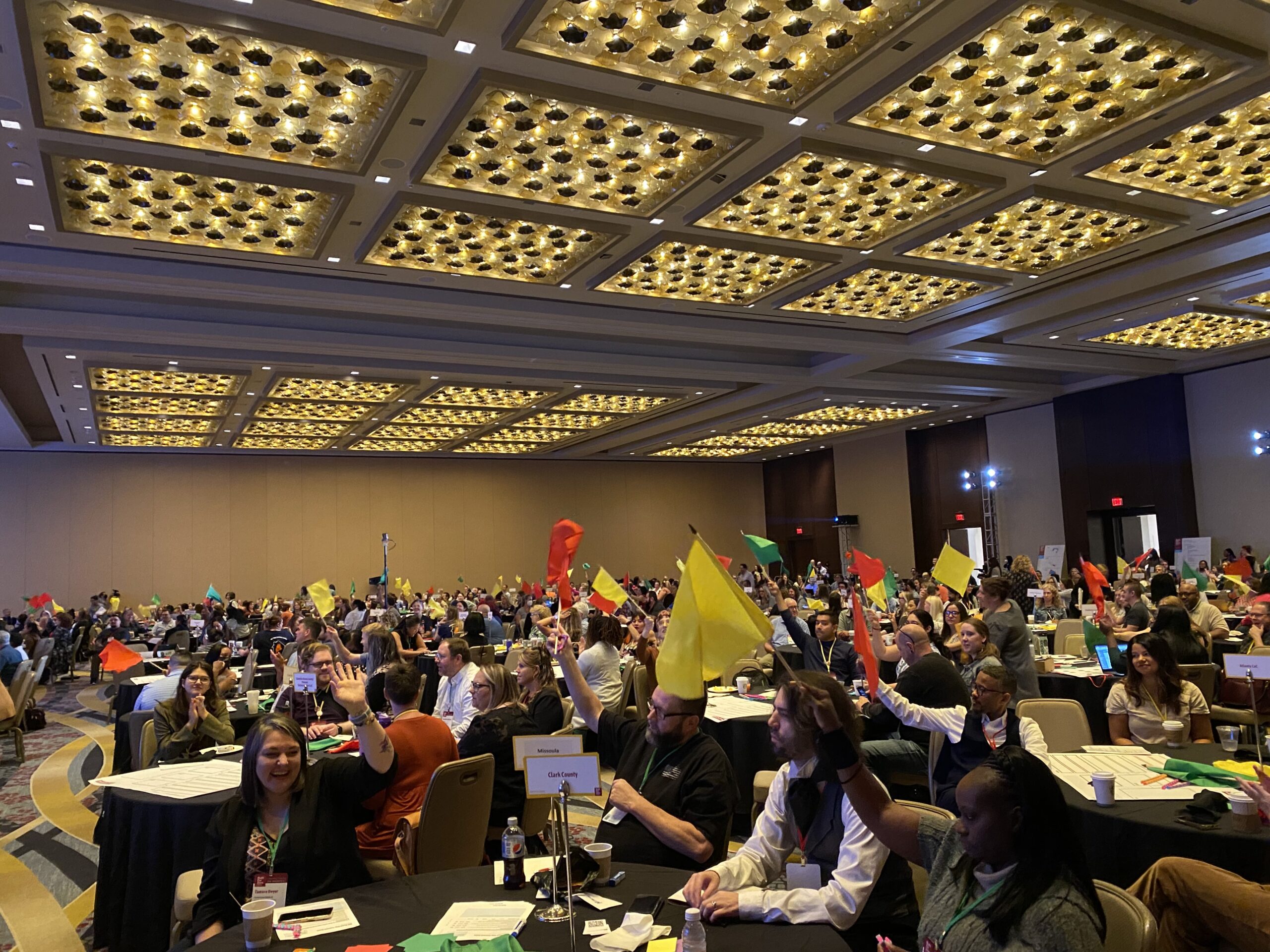
1. Built for Zero communities have proven that achieving functional zero for veteran and chronic populations is possible – now communities that have achieved these milestones are working toward ending homelessness for all.
As a network, we are on a journey together to reach a tipping point in the United States, where homelessness is widely seen as an urgently solvable systems issue. We’ve learned that teams that get to this end-state destination with speed have built systems with key foundational components.
Keeping on the theme of road-tripping, communities assessed their current systems to determine how well they have set foundations to drive (vroom!) system improvements, address racial inequity, and progress toward functional zero.
A wave of a red flag indicated that the team was paused to work through challenges and primed to move ahead when the light turns. Yellow flags meant that the community has begun to do improvement work in the area but haven’t quite finished this work yet. And green represents a strong understanding of the challenges and opportunities in this area and have completed improvement projects to overcome barriers.
With these learnings in mind, diverse communities came together during breakout sessions to exchange knowledge and benchmark their progress against fellow organizations. They openly shared insights and groundbreaking approaches pioneered by their respective Built for Zero teams. The fruits of these interactions will catalyze progress in addressing homelessness across the U.S. and beyond.
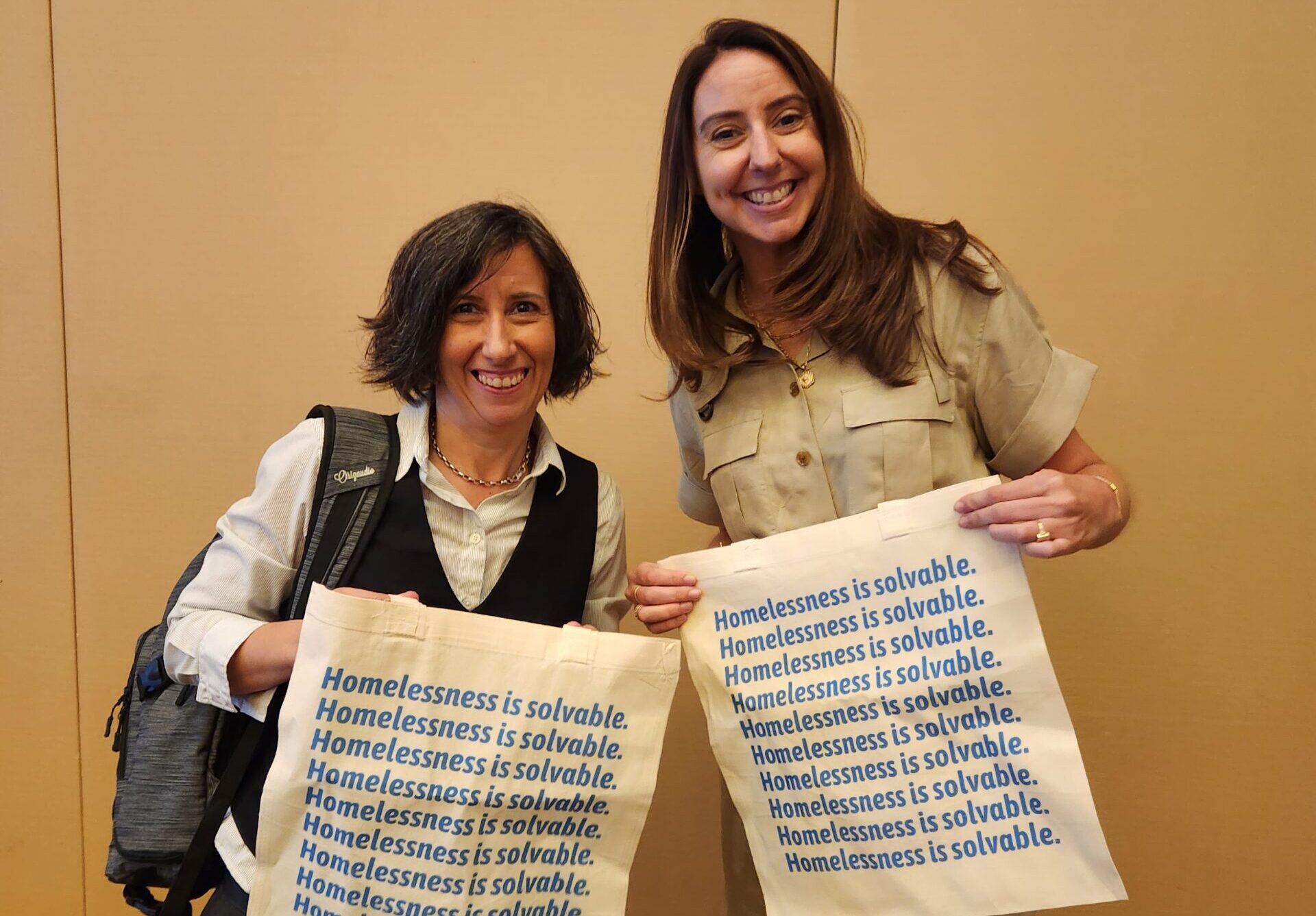
2. Creating a culture of continuous improvement in complex systems helps bring data and decision making together for action.
Quality improvement expresses the idea behind systems thinking—the understanding that outcomes are the product of systems and that improving outcomes requires changes to the system.
Niñon Lewis, representing the Institute for Healthcare Improvement, presented a quality improvement framework to help build and sustain the infrastructure needed to support the culture of improvement at every phase of the journey to solve homelessness.
She passed the mic to Lauren D’Amico, Built for Zero Senior Strategy Lead for Data Coaching & Capacity Building, who posed questions to BFZ communities such as: “How will we know if our changes have the impact we hope to achieve?” and “Are the systems that we are building sustaining?”
D’Amico and Lewis left the crowd with a last word of advice: “Plan the work, and then work the plan. And adapt along the way of course… this is BFZ after all.”
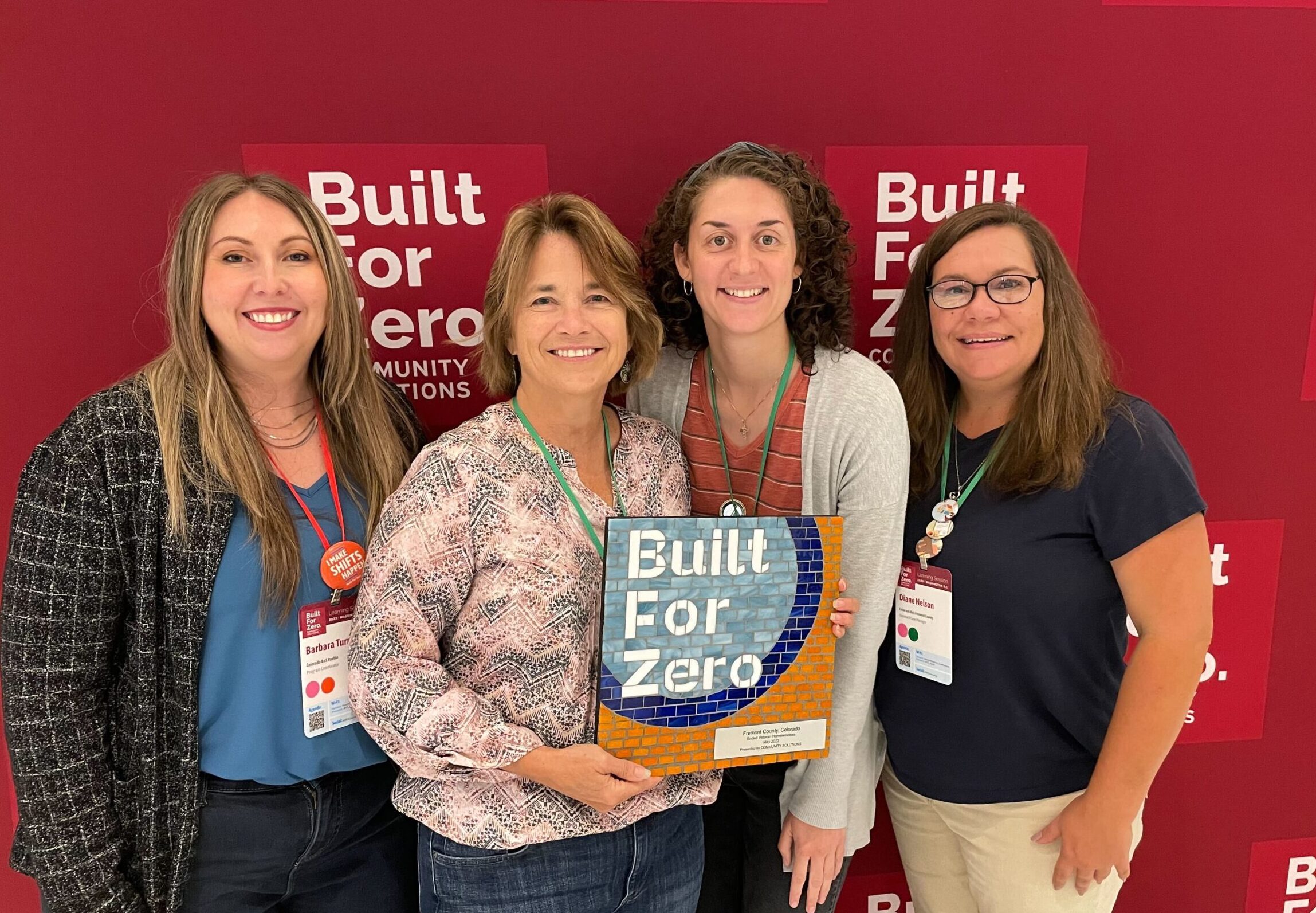
3. We celebrated all that BFZ communities accomplished since our last gathering and set new goals.
Since our last Learning Session in Chicago, even more communities have reached quality data, made progress on reducing youth and family homelessness, and everything in between.
With celebrations came new commitments and goals. After Fremont County was recognized for their functional zero achievement for veterans and quality by-name data for their chronic population, they announced that they joined the Zero for All cohort, meaning they will be working toward making homelessness rare, brief and nonrecurring — for all!
DeeDee Clement, Executive Director at Loaves and Fishes Ministries, gave a word of advice to other communities on this journey: “Don’t give up. There are people who are relying on you to get them into a home. Believe in the process that you and your team have created. It is possible to solve homelessness, and we will.”
Celebrate more milestones with us.
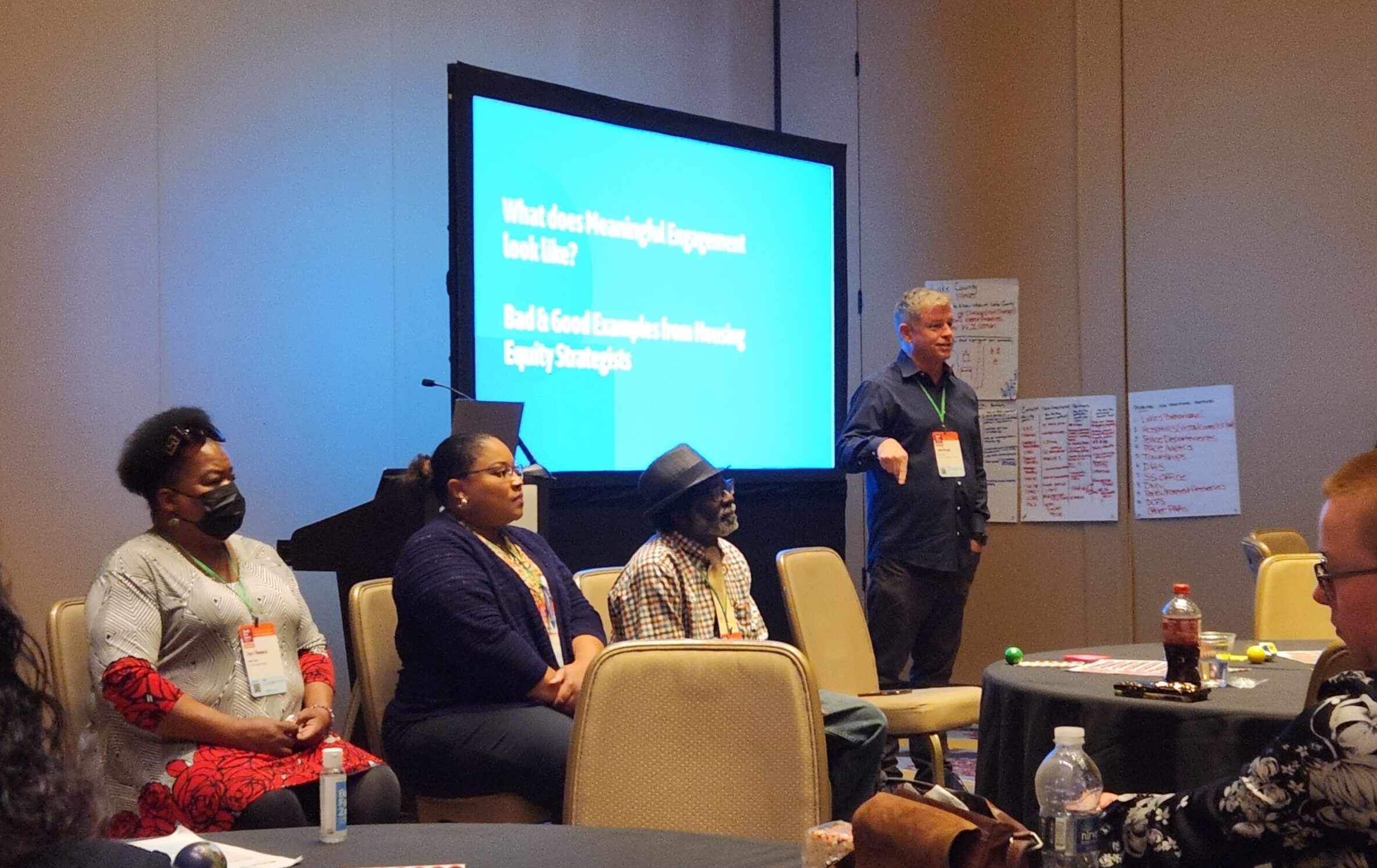
4. The perspectives of people with lived experience of homelessness (PLE) are vital to solving homelessness.
“Systems must center people disproportionately impacted by the problem,” shared Amber Chandler, a Strategy Lead within Built for Zero’s Upstream Strategies team.
Chandler and Tanesha Travis, Partners with Lived Expertise Coordinator at Sacramento Steps Forward, facilitated a panel on “Meaningful Engagement of People with Lived Experience” at the Learning Session. They began the session by sharing a definition of what it means to meaningfully engage with PLE, which was co-designed with BFZ Housing Equity Strategists, Sacramento Steps Forward, and based off of USICH and HUD guidelines.
Communities also received first-hand knowledge from those with lived experience of what meaningful engagement is and what it is not. Tyra Thomas was one of those voices. She shared an experience of negative examples of engagement with PLE and provided ways that communities can prevent that and improve experiences. Thomas left this sentiment with the room: “My life has value. My lived experience has value … My life should be rewarded, awarded, and celebrated.”
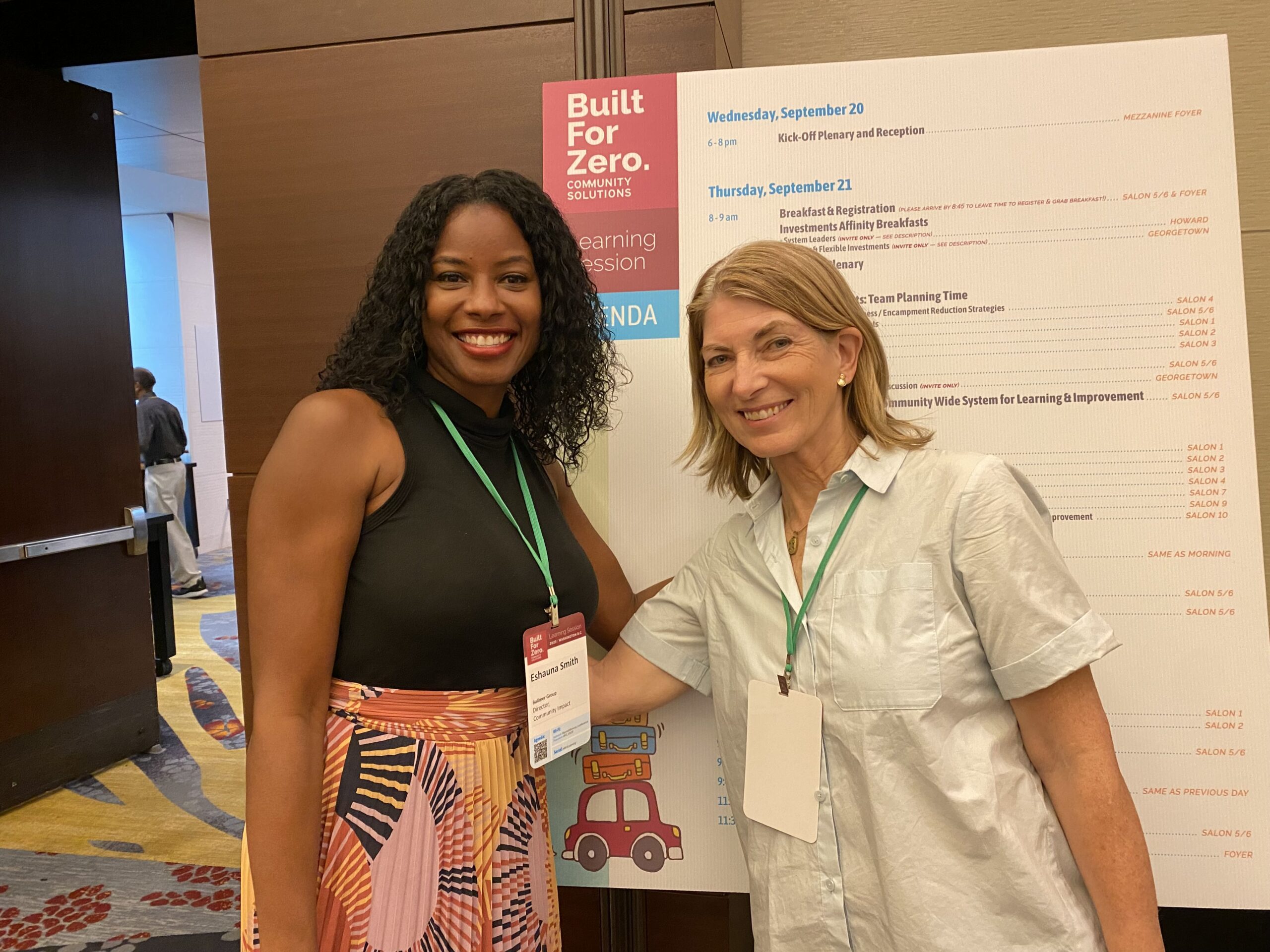
5. We all have a role to play in solving homelessness and delivering on the promise of an equitable society.
Collaborations spanning cities, systems, and sectors have played a vital role in advancing the progress of the Built for Zero movement within communities.
Partnerships are at the heart of our work. The progress of Built for Zero communities wouldn’t be possible without strong collaboration with our federal partners. Shared learning with international and national organizations. As well as the support, capacity-building, and long-term thinking of our philanthropic partners. These partnerships are critical to building a future where homelessness is rare and brief, for everyone.
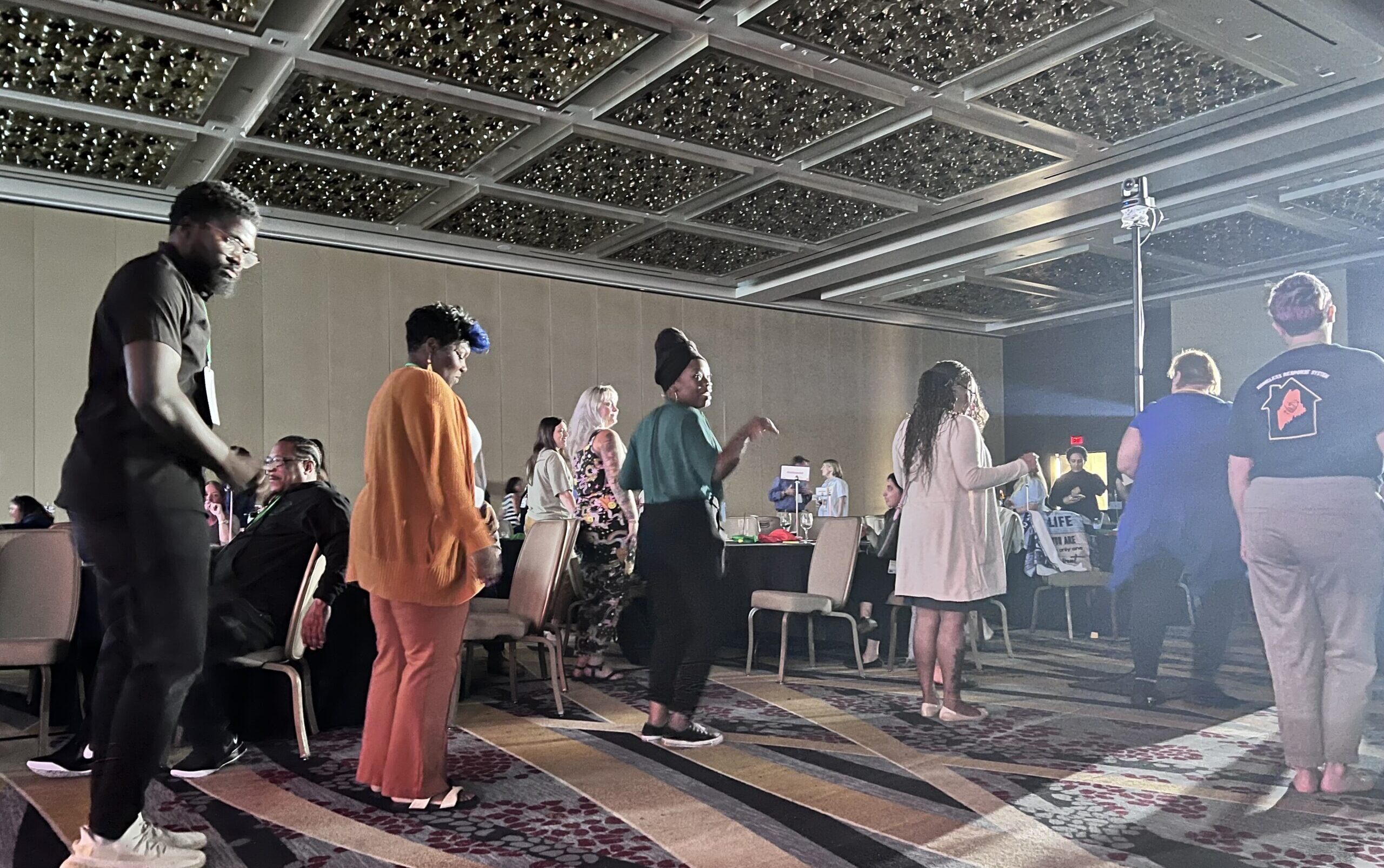
6. Built for Zero teams have moves!
The work to solve homelessness is challenging. Built for Zero community members wear many hats and work long hours in the pursuit of creating a future where everyone has a safe and stable place to call home.
We believe in celebrating the little (and big!) wins on this journey. After a long, productive day of assessing areas for improvement within homeless response systems, collaborating on best practices, and action planning, we came together to (lip) sing our hearts out and tear up the dance floor.
After outstanding renditions of “In the Air Tonight,” “Dancing Queen,” and other bops performed by BFZ communities and partners, we left feeling rejuvenated and excited to continue on our shared mission. Onward!
